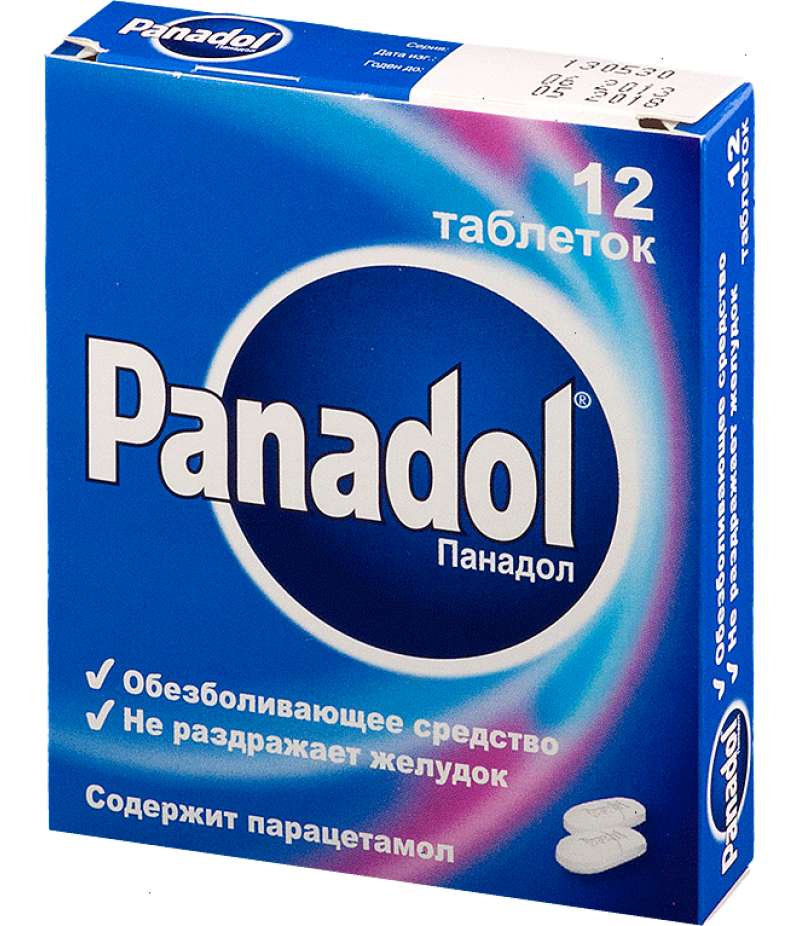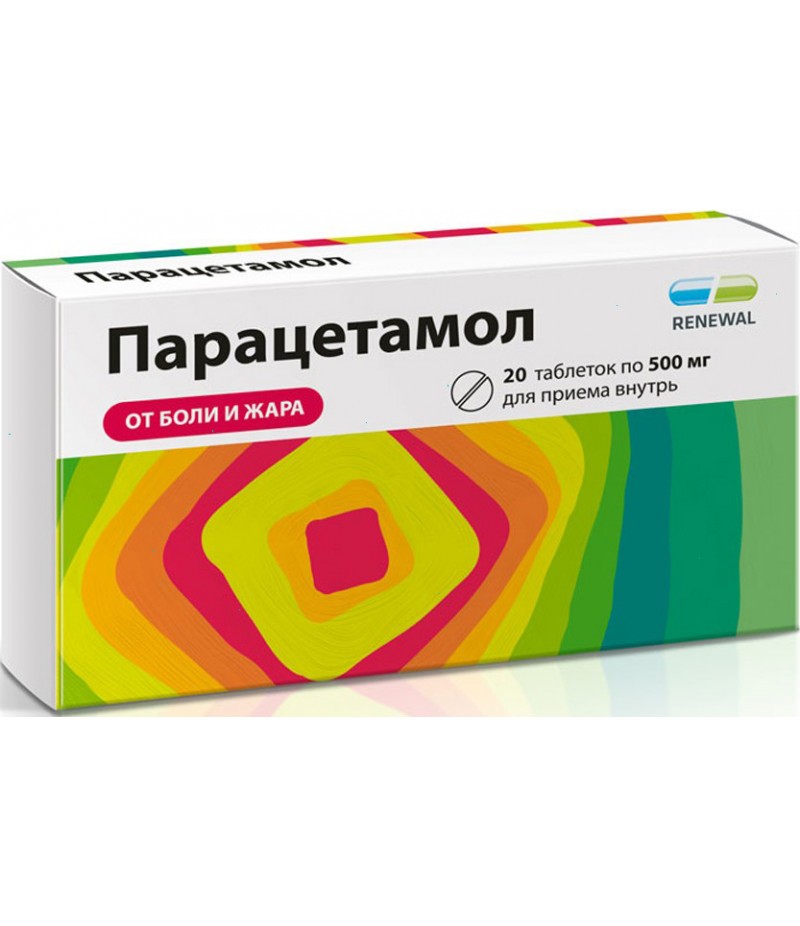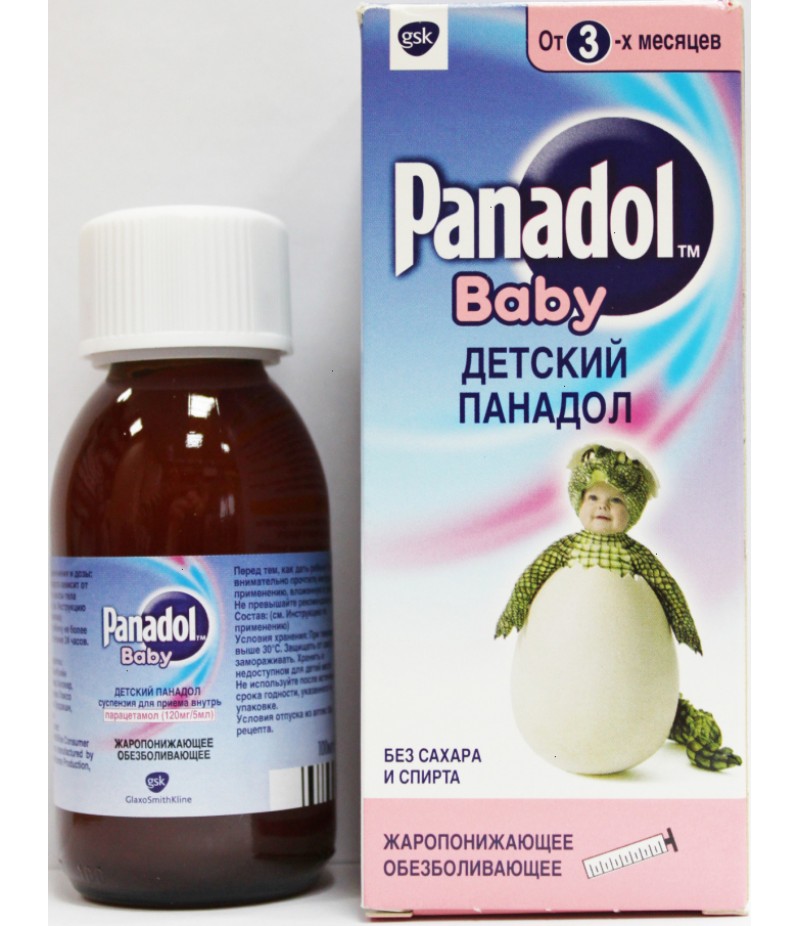Panadol tabs 500mg #12
- $3.63
- 3 or more $3.49
- Availability:In Stock
User manual for PanadolReed more and buy Panadol on this pageTo buy Panadol different forms just contact usThe composition of PanadolThe tablet in a special film membrane contains 500 mg of paracetamol. Additional components: povi..
Tags: tabs
User manual for Panadol
Reed more and buy Panadol on this page
To buy Panadol different forms just contact us
The composition of Panadol
The tablet in a special film membrane contains 500 mg of paracetamol. Additional components: povidone, potassium sorbate, corn starch, triacetin, pregelatinized starch, hypromellose, stearic acid, talc.
Composition of the soluble tablet: 500 mg of active substance and additional components: dimethicone, sodium lauryl sulfate, povidone, sodium carbonate, citric acid, sodium hydrogen carbonate, sodium saccharinate, sorbitol.
Form of issue
Panadol is available in tablet form: soluble tablets Panadol and tablets in a film membrane.
Soluble tablets have a white color, a flat shape, a rough surface, a chamfered edge and a risk on one side.
The film-coated tablets have a capsular shape, flat edges, white color, a risk on one side, and a special "Panadol" embossing on the other side.
pharmachologic effect
Antipyretic analgesic. The active ingredient has antipyretic, analgesic effects. The principle of action is based on the blocking of COX-1, 2 mainly in the central nervous system. The active component acts on the centers of thermoregulation and pain.
The anti-inflammatory effect in paracetamol is practically not expressed. The active ingredient does not irritate the mucous membranes of the digestive tract (intestines, stomach). Panadol is not able to influence the process of synthesizing prostaglandins in peripherally located tissues, so the drug does not affect water-salt metabolism.
Pharmacodynamics and pharmacokinetics
The medication is quickly absorbed from the lumen of the digestive tract through passive transport. The active component is absorbed mainly from the small intestine. The maximum concentration of paracetamol after a single intake of 500 mg is recorded after 10-60 minutes (C (max) = 6 μg / ml). After 6 hours the index gradually reaches the level of 11-12 μg / ml.
For the active substance is characterized by a uniform distribution in the liquid media and tissues of the body, without getting into the cerebrospinal fluid and adipose tissue.
The binding of plasma proteins does not exceed 10%, slightly increasing in overdose. Glucuronide and sulfate metabolites are not able to bind to plasma proteins even at relatively high dosages. Panadol is metabolized predominantly in the hepatic system by conjugation with sulfate and glucuronide, as well as by oxidation involving cytochrome P450 and mixed hepatic oxidases.
N-acetyl-p-benzoquinonimine (hydroxylated metabolite with a negative effect), formed in small amounts in the renal and hepatic systems as a result of the interaction of mixed forms of oxidases, is detoxified by binding to glutathione. When an overdose occurs, the accumulation of N-acetyl-p-benzoquinonimine, which can cause tissue damage. A significant part of paracetamol binds to glucuronic acid, insignificant - with sulfuric acid. The listed conjugated metabolites have no biological effect and do not have activity. The metabolism with the formation of sulfate metabolites is characteristic for newborn and premature babies.
The half-life period is 1-3 hours. With cirrhotic lesions of the hepatic system, T1 \ 2 significantly increases. Kidney clearance reaches 5%. Through the renal system, the medication is excreted in the urine in the form of sulfate and glucuronide conjugates. In an unchanged form, less than 5% of paracetamol is excreted.
Indications for use, from which tablets Panadol
The drug is used for symptomatic therapy and relief of pain syndrome:
painful menstruation;
muscle pain;
headache;
pain with burns;
toothache;
migraine;
post-traumatic pain;
algodismenorea;
pain in the back, lower back;
a sore throat.
As an antipyretic agent (febrile syndrome), the drug is prescribed at elevated body temperature (cold, flu, infection). The drug does not affect the progression and course of the underlying disease and is used only to reduce the severity of pain symptoms.
Contraindications
With individual hypersensitivity, Panadol is not prescribed. The age limit is up to 6 years.
Relative contraindications:
Gilbert's syndrome;
liver failure;
benign hyperbilirubinemia;
alcoholic lesion of the hepatic system;
kidney failure;
pregnancy;
viral hepatitis;
elderly age;
deficiency of glucose-6-phosphate dehydrogenase;
alcoholism;
breast-feeding.
Side effects
Panadol is well tolerated in the manufacturer's recommended dosages.
Negative changes in the urinary system:
interstitial nephritis;
renal colic;
papillary necrosis;
nonspecific bacteriuria.
Other reactions:
anemia;
neutropenia;
skin rashes;
edema of Quincke;
agranulocytosis;
dyspeptic phenomena;
thrombocytopenia;
itching;
methemoglobinemia;
hepatotoxic effect, liver damage.
Instructions for use Panadol (Method and dosage)
Conventional tablets Panadol, instructions for use
Adults appoint 500-1000 mg to 4 times a day if necessary. The recommended time interval between receptions is 4 hours. A day can take no more than 8 tablets. Do not use Panadol for a long time as an analgesic (maximum 5 days) and antipyretic (no more than 3 days) funds. The decision to increase the daily dosage or duration of therapy is taken by the treating doctor.
Effervescent tablets Panadol, instructions for use
Tablets before use dissolve in a glass with water. A day can take no more than 4 tablets. Soluble Panadol is prescribed primarily with difficulty swallowing tablets and in pediatric practice.
Overdose
The manufacturer recommends taking the medication only in the dosages specified in the instructions. When taking high doses, you need to immediately seek medical help, even in the absence of negative symptoms, because possibly delayed lesion of the hepatic system. In adult patients, the first signs of liver damage are observed when taking more than 10 grams of medication. The intake of more than 5 grams has a toxic effect in a certain category of citizens who have risk factors:
consumption of alcohol-containing beverages in large quantities and with high frequency;
reception of Phenytoin, Phenobarbital, carbamazepine, rifampicin, primidon, preparations of St. John's wort and other medications that stimulate the production of hepatic enzymes;
deficiency of glutathione (for HIV infection, cystic fibrosis, malnutrition, starvation and exhaustion).
Signs of poisoning:
increased sweating;
nausea;
epigastric pain;
pallor of the skin;
vomiting.
In severe poisoning, acute renal failure, arrhythmia, encephalopathy, coma, tubular necrosis, pancreatitis can develop.
Treatment includes gastric lavage, the use of enterosorbent medications (Polyphepan, Activated Carbon), the introduction of the precursors of the synthesis of glutathione-methionine and donators of SH groups. With severe lesions of the hepatic system, treatment is conducted under the guidance of specialists from the toxicological center.
Interaction
The risk of hepatotoxic damage increases with simultaneous treatment with inductors of microsomal hepatic enzymes and drugs showing hepatotoxic effects. A moderately pronounced or insignificant increase in the prothrombin time is recorded.
Absorption of paracetamol decreases with the appointment of anticholinergic medications. The severity of the analgesic effect is reduced, and excretion is accelerated by oral contraceptives. Paracetamol inhibits the activity of uricosuric drugs. The indicator of bioavailability of Panadol decreases with the reception of activated carbon. A decrease in the excretion of Diazepam is registered.
In relation to Zidovudine, there is an increase in the myelodepressive effect. In medical practice 1 case of severe toxic damage of the hepatic system was registered. Toxic effects increase with isoniazid. There is an acceleration of metabolism (oxidation, glucuronization) of paracetamol and a decrease in its effectiveness with the simultaneous use of the following medicines:
Phenytoin;
Carbamazepine;
Primidone;
Phenobarbital (increased hepatotoxicity).
Kolestyramin slows the absorption of Paracetamol (if the time interval between receptions is not observed at 1 hour). Panadol accelerates the excretion of lamotrigine. Metoclopramide increases the concentration of paracetamol in the blood, increasing its absorption. Probenecid reduces the clearance of Panadol. The reverse effect is observed with respect to Sulfinpyrazone and Rifampicin. Ethinyl estradiol enhances the absorption of medication from the intestinal lumen.
Terms of sale
You don't need a prescription to buy Panadol online.
Storage conditions
The manufacturer recommends maintaining the temperature regime (up to 30 degrees) to maintain the effectiveness of the drug for the entire period indicated on the package.
Shelf life - 5 years.
special instructions
The manufacturer recommends periodic monitoring of blood levels. When taking cholesterol lowering drugs (Kolestyramin), antiemetics (Domperidone, Metoclopramide), in the pathology of the renal / hepatic system, caution is required.
Do not use Panadol frequently if you need daily anticoagulant medication. It is necessary to notify the attending physician about taking Paracetamol while performing an analysis on the level of sugar and uric acid in the blood. It is unacceptable to take alcohol-containing drinks during treatment. Be wary appoint persons suffering from chronic alcoholism.
Children
Children 6-9 years old medication prescribed 3-4 times a day for 2 tablets. The manufacturer's recommended time interval between receptions is 4 hours. The maximum daily dosage is 1000 mg (2 tablets).
Panadol for children aged 9-12 years, the medication is prescribed up to 4 times a day for 1 tablet. A day can take no more than 4 tablets.
Panadol during pregnancy (and lactation)
The active ingredient is able to pass through the placental barrier. The negative influence of Panadol on the fetus is not recorded, which allows the use of the drug during pregnancy if necessary.
Panadol with breastfeeding
The active substance is excreted by lactation with milk at a concentration of 0.04-0.23% of the dose of Paracetamol taken by the mother. Before treatment, an assessment is made of the need for taking Panadol and the expected harm to the fetus / child. The conducted experimental studies did not establish teratogenic, embryotoxic and mutagenic effects of Paracetamol.
Reviews about Panadol
The medication is well tolerated and, given the timing of treatment, recommendations for dosing rarely cause negative reactions. Reviews of patients and doctors are mostly positive. One of the advantages of the drug is its availability and low cost.




